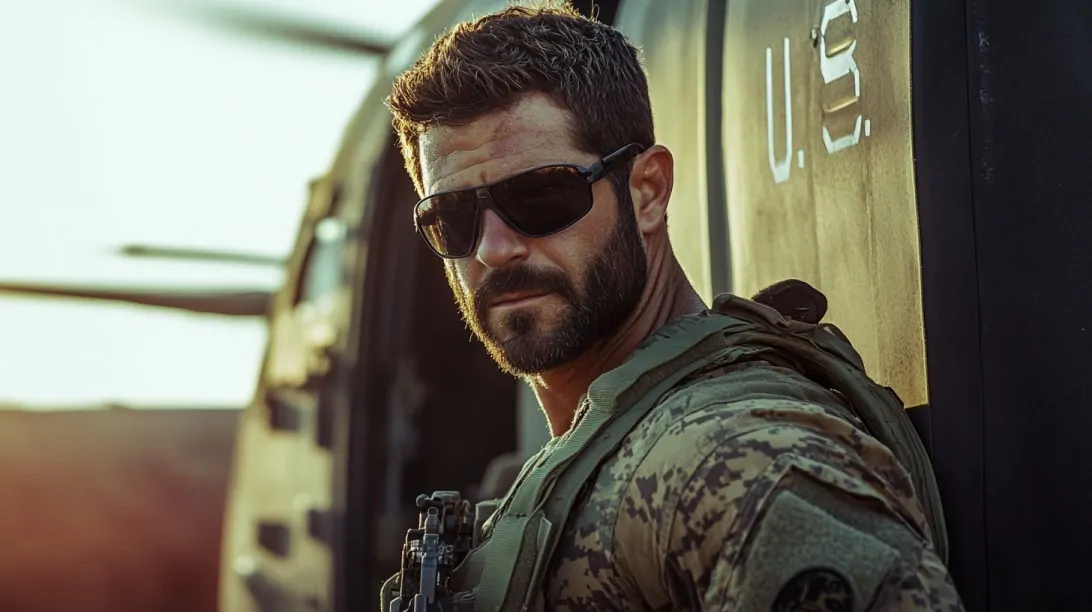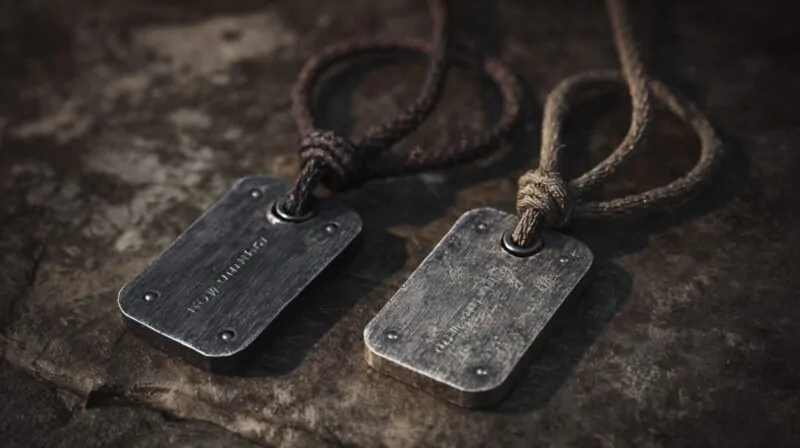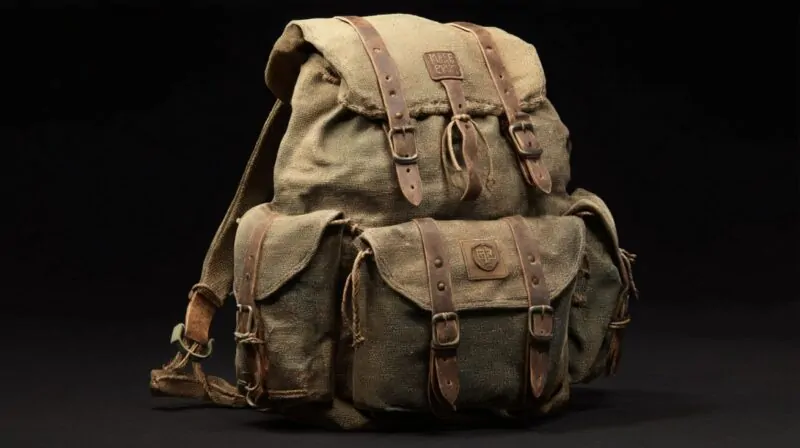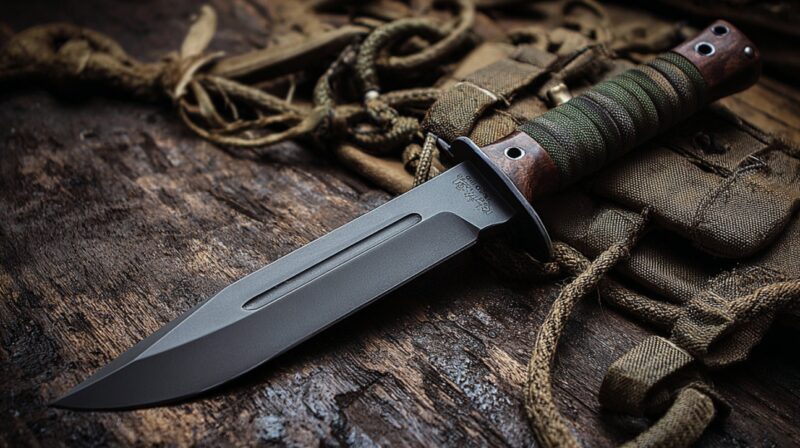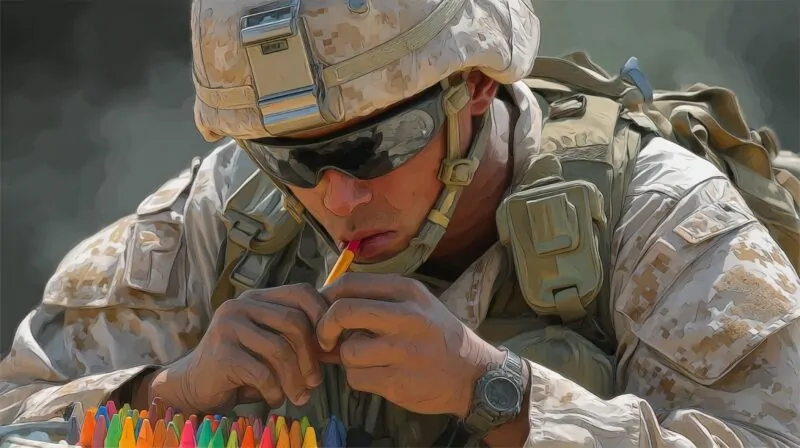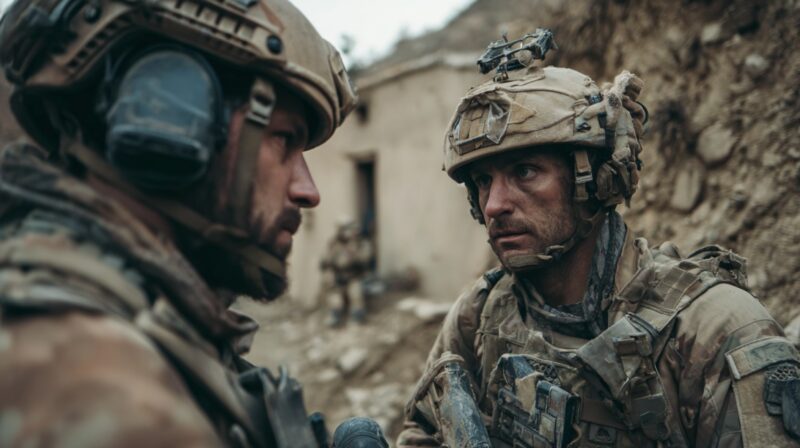Navy SEALs operate as some of the most disciplined and skilled special operations forces in the U.S. military. As members of the Sea, Air, and Land teams, they undergo intense preparation and perform missions that demand extreme mental and physical endurance. Over the years, many famous Navy SEALs pooped up to the public eyes, for various reasons.
- Silence
- Sacrifice
- Success
Not all warriors fight for recognition. However, several famous Navy SEALs have emerged as symbols of honor through actions that transcended secrecy.
Their combat feats, leadership, innovations, and influence in civilian life offer compelling stories that resonate with both military circles and the general public. Their stories deserve to be known not for fame, but for the weight of their contributions.
Without further ado, let us talk about the most famous Navy SEALs out there.
| Name | Notable Achievements | Awards / Honors |
|---|---|---|
| Chris Kyle | Most lethal sniper in U.S. history (160+ confirmed kills), 4 tours in Iraq | 2 Silver Stars, 5 Bronze Stars with Valor |
| Michael A. Monsoor | Jumped on a grenade to save teammates in Ramadi (2006) | Medal of Honor (posthumous) |
| Michael P. Murphy | Called for rescue under enemy fire during Operation Red Wings (2005) | Medal of Honor (posthumous) |
| Marcus Luttrell | Only survivor of Operation Red Wings, crawled through hostile terrain | Navy Cross |
| William H. McRaven | Oversaw Operation Neptune Spear, led USSOCOM | Multiple commendations |
| Eric T. Olson | First SEAL to become a 4-star admiral, led USSOCOM | Distinguished military service |
| Michael Thornton | Saved SEAL Tom Norris in Vietnam, swam both to safety | Medal of Honor |
| Mike Day | Shot 27 times in combat and survived, eliminated enemy threats | Numerous commendations |
| Jesse Ventura | UDT veteran, professional wrestler, Minnesota governor | Governorship, public advocacy |
| Scott Helvenston | Youngest SEAL graduate, appeared on reality TV | N/A |
| William Shepherd | SEAL turned astronaut, commanded first ISS mission | NASA Distinguished Service Medal |
| Richard “Dick” Marcinko | Founded SEAL Team Six, unorthodox tactics | Commendations for Vietnam service |
| David Goggins | Completed SEAL, Army Ranger, and TACP training; ultramarathoner | N/A |
| Rob O’Neill | Claimed to have killed Osama bin Laden, 400+ combat missions | Multiple combat commendations |
Table of Contents
ToggleChris Kyle
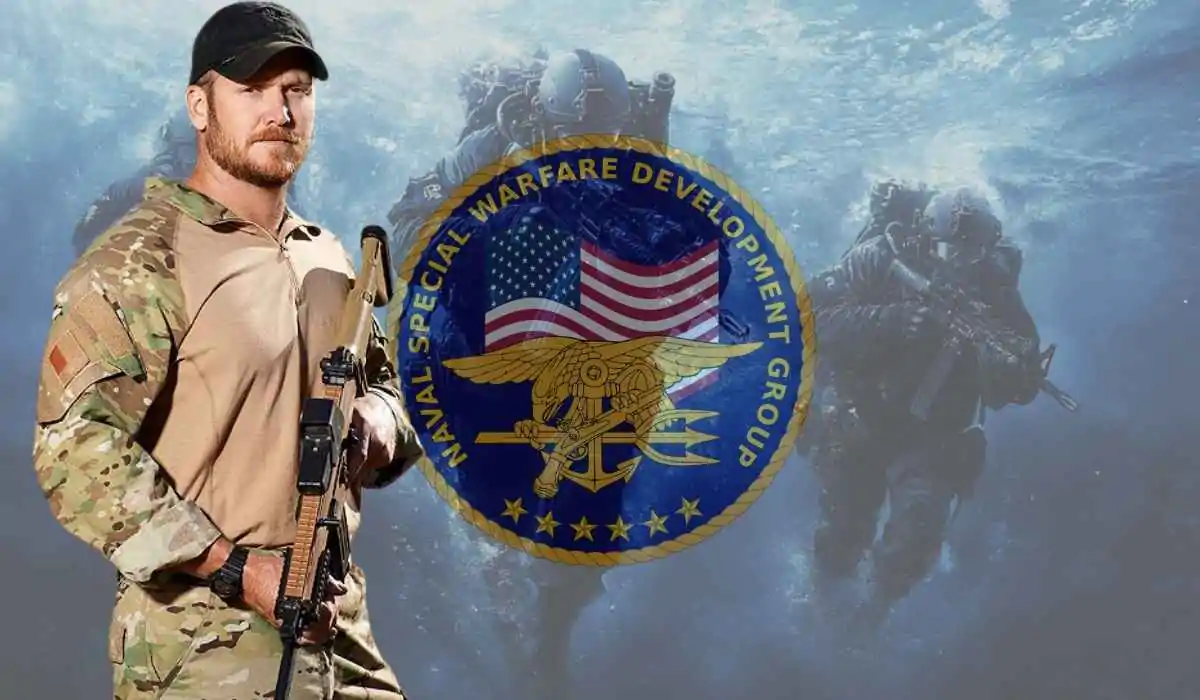
Known for his deadly precision during the Iraq War, Chris Kyle became a symbol of modern sniping effectiveness. His actions on the battlefield were marked by composure, long-range skill, and protection of U.S. troops in urban combat zones.
His memoir, American Sniper, detailed not only his operational achievements but also his internal battles upon returning home. It resonated deeply with both military and civilian readers and was later adapted into a high-profile film directed by Clint Eastwood.
In 2006, he earned the nickname “Devil of Ramadi” after recording 91 confirmed kills in that city.
- Over 160 confirmed kills, with unofficial numbers reported much higher
- Four tours in Iraq during the deadliest phases of the conflict
- Multiple commendations, including two Silver Stars and five Bronze Stars with Valor
Despite becoming a public figure, Kyle remained grounded in his role as protector. His tragic death in 2013 brought national attention to veteran mental health and peer support.
Michael A. Monsoor
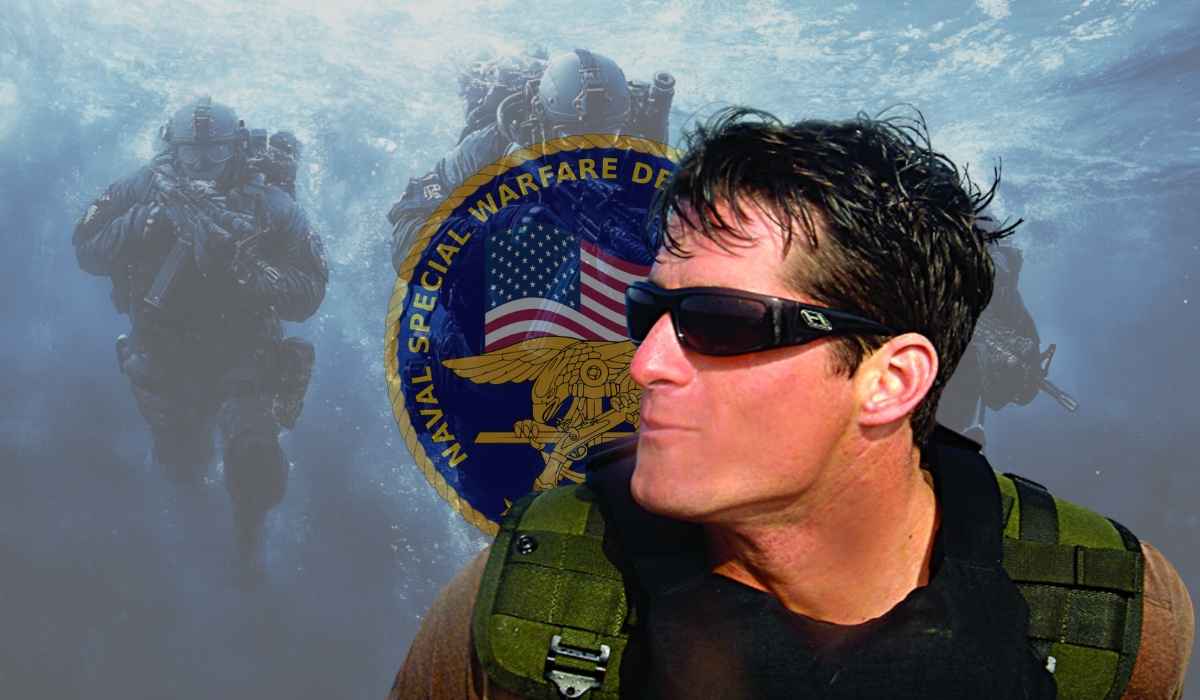
Michael Monsoor’s name is forever etched in the annals of bravery. During a firefight in Ramadi, Iraq, in 2006, a live grenade landed on the rooftop where Monsoor and his SEAL team were positioned.
In an act of immediate selflessness, he jumped onto the grenade, shielding his comrades at the cost of his own life. His actions went well beyond duty—they embodied the highest values of sacrifice. He was awarded a Medal of Honor that same year.
- Medal of Honor awarded posthumously by President George W. Bush
- Namesake of the guided-missile destroyer USS Michael Monsoor
- Revered as a protector who lived and died for his brothers-in-arms
Michael P. Murphy
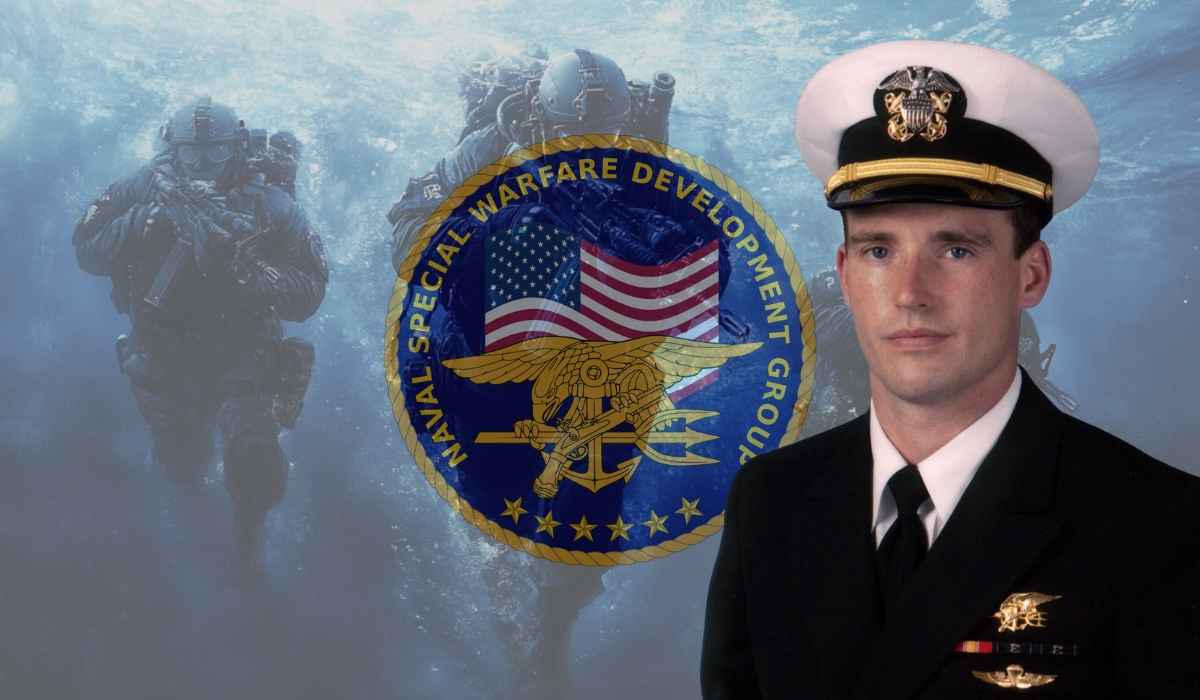
Michael Murphy’s decision to expose himself to enemy fire during Operation Red Wings redefined battlefield valor.
Tasked with a recon mission in the Afghan mountains, his SEAL team came under intense fire. Recognizing the dire need for extraction, Murphy stepped into open terrain to call for help, fully aware of the danger.
- First Navy SEAL to receive the Medal of Honor posthumously
- A U.S. Navy destroyer and a combat training center bear his name
- A nationally recognized fitness challenge, the “Murph,” honors his memory annually
Murphy’s courage under pressure continues to inspire generations of servicemen and women.
Marcus Luttrell
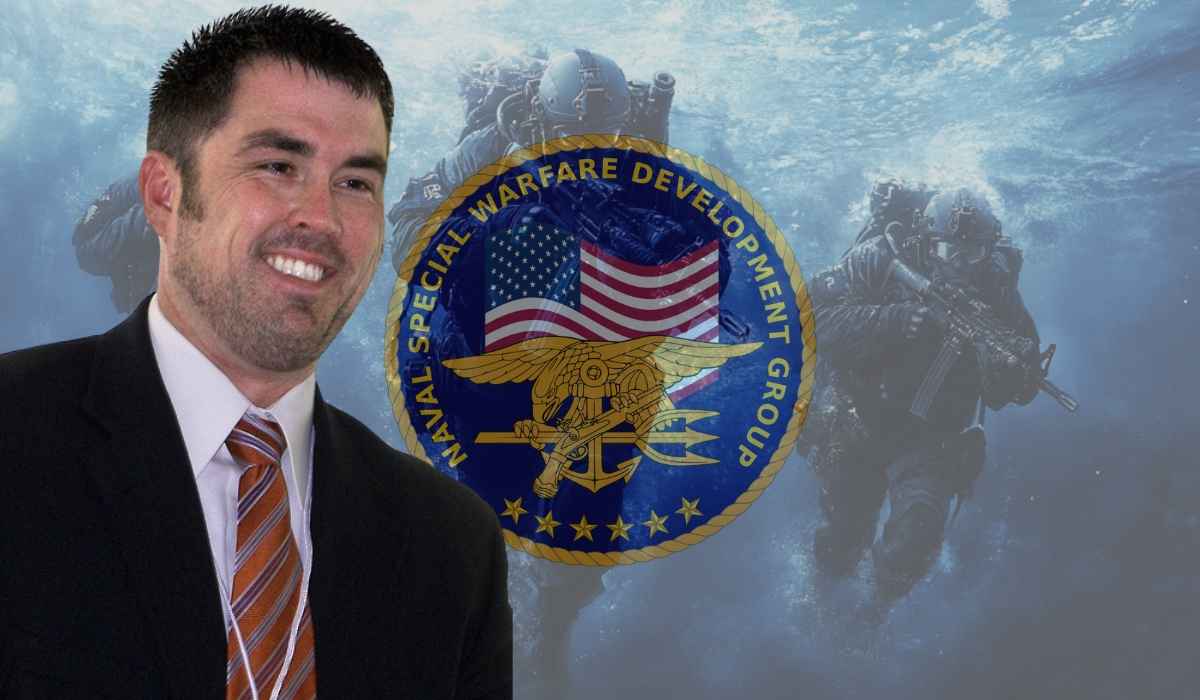
As the only surviving member of Operation Red Wings, Marcus Luttrell endured unimaginable physical and emotional trials.
Severely wounded, he crawled for miles through hostile terrain, eventually receiving shelter from local villagers before U.S. forces extracted him.
- Publication of Lone Survivor, a gripping first-hand account
- A Hollywood film adaptation starring Mark Wahlberg
- Continued public speaking and advocacy for military causes
His narrative spotlights resilience, brotherhood, and the unforgiving realities of special operations.
William H. McRaven
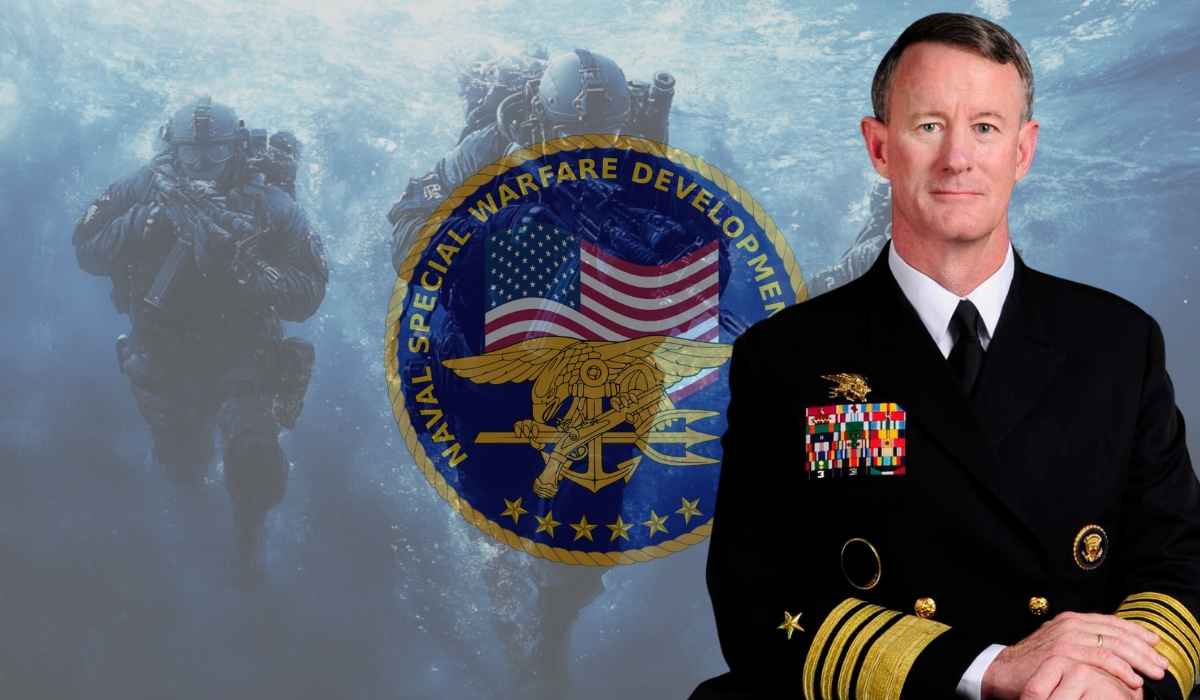
Admiral William McRaven transitioned from operational planning to military leadership with an extraordinary grasp of strategic execution.
His orchestration of Operation Neptune Spear, which resulted in the death of Osama bin Laden, showcased a career defined by discipline and foresight.
- Leadership of U.S. Special Operations Command (USSOCOM)
- Development of advanced counterterrorism protocols
- Authoring books on leadership drawn from military experiences
Post-retirement, McRaven has served as a chancellor in academia, continuing to influence national security and leadership education.
Eric T. Olson
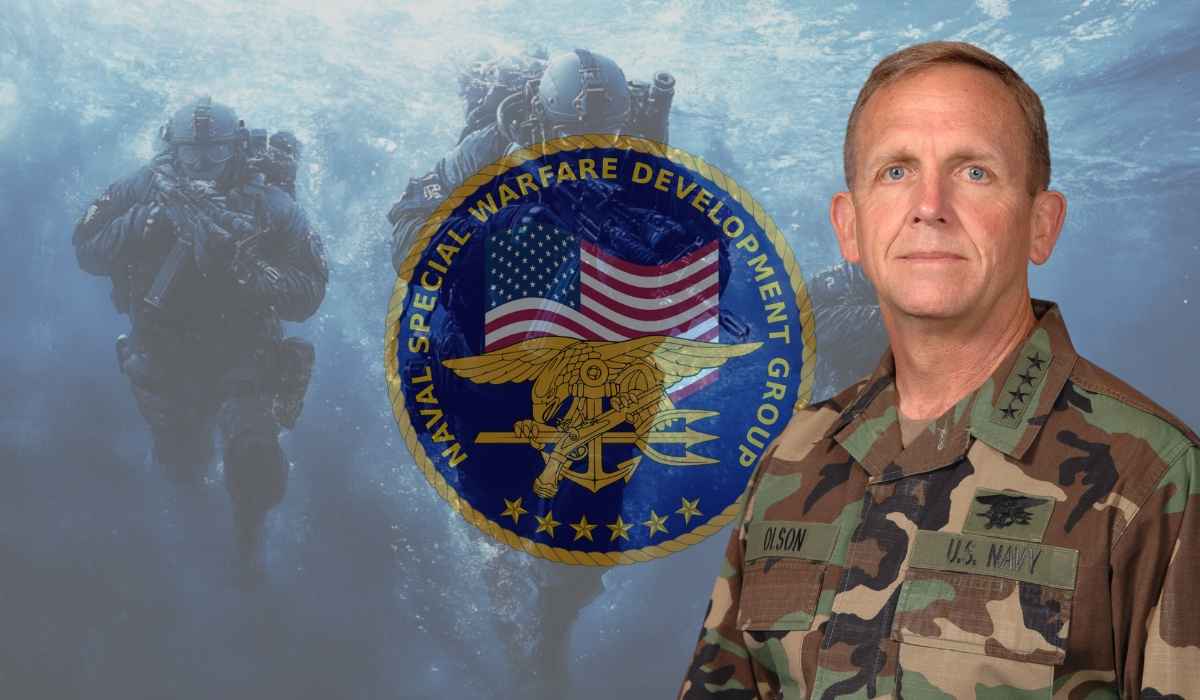
Admiral Eric Olson’s career shattered ceilings. As the first Navy SEAL to reach four-star rank, Olson helped shape how the U.S. military integrates elite forces into broader strategies.
His insight and presence brought SOF operations into new theaters and policy discussions.
- First SEAL to serve as Commander of USSOCOM
- Key player in shaping post-9/11 global SOF deployment
- Leadership during the expansion of JSOC operations globally
Olson’s service has been recognized for tact, vision, and innovation in asymmetric warfare.
Michael Thornton
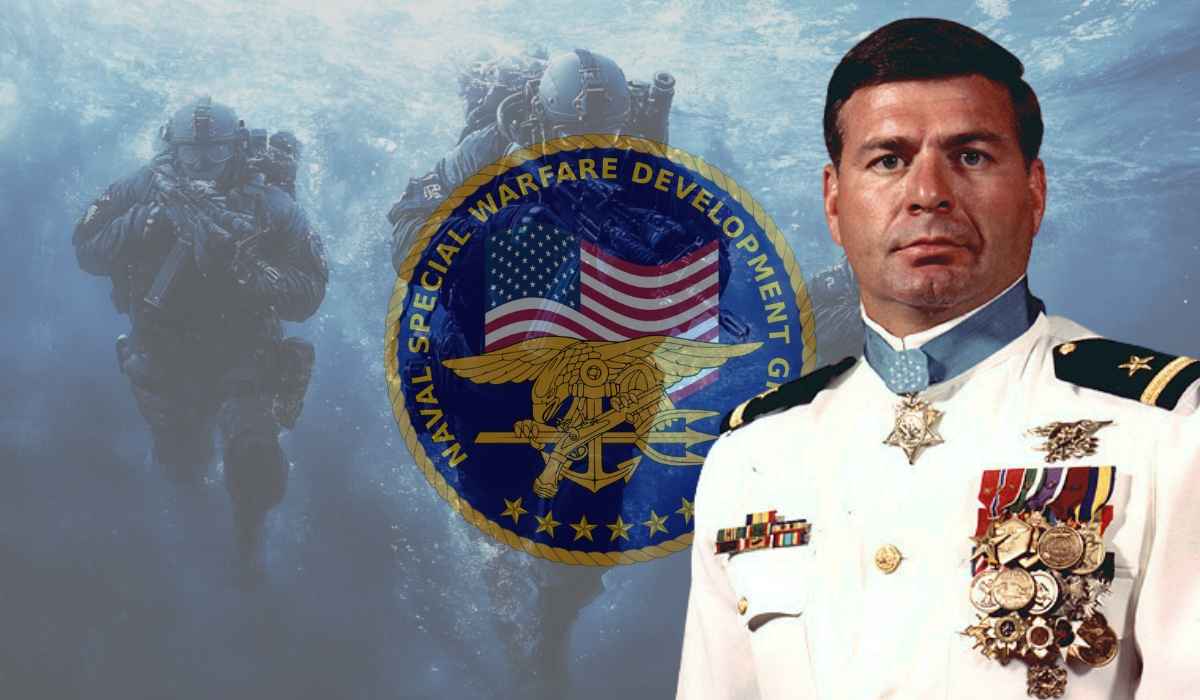
Michael Thornton displayed heroism that earned him the Medal of Honor during the Vietnam War.
Amidst heavy enemy fire, he risked his life to save a critically wounded fellow SEAL, Tom Norris. Swimming both himself and Norris out to sea, he ensured both survived.
- A Medal of Honor earned for action in 1972
- Continued service in the SEAL Teams after receiving the award
- Mentorship and legacy influence in the Navy’s combat ethos
Thornton’s bravery highlights what true selflessness in combat looks like.
Mike Day
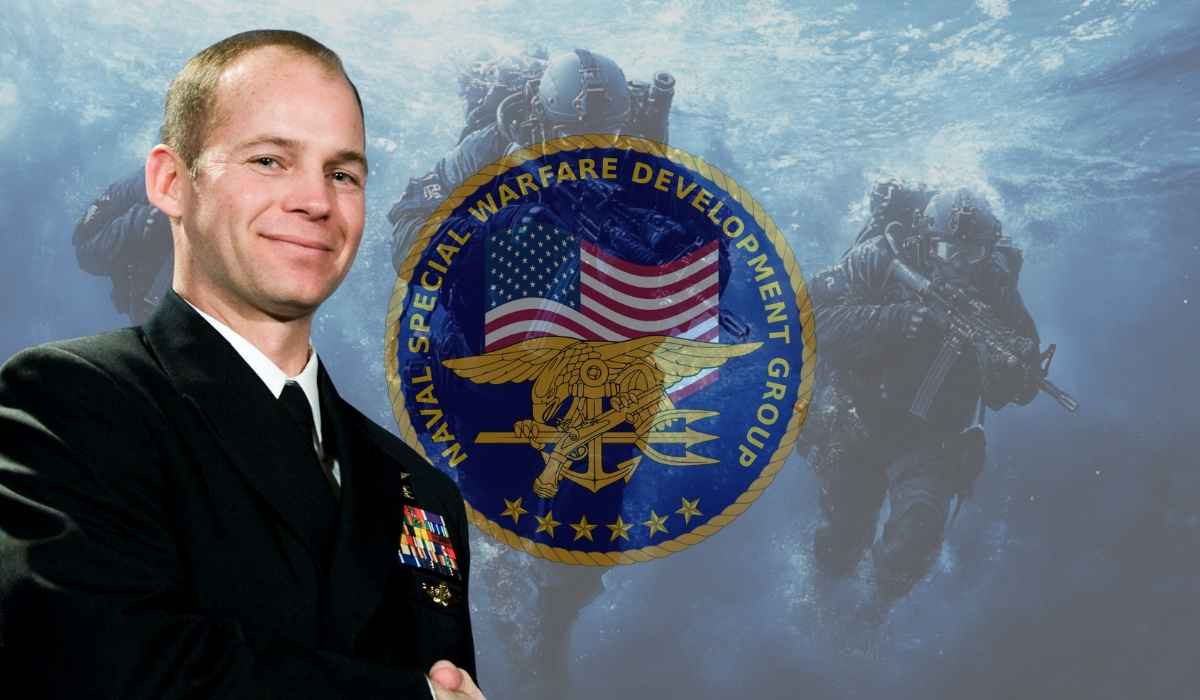
Mike Day’s survival story borders on impossible.
Shot 27 times in a single engagement, he eliminated multiple enemy combatants, secured sensitive information, and walked to the extraction helicopter under his own power.
- Advocacy for PTSD awareness in veterans
- Lectures and writings on trauma recovery
- Public recognition as a symbol of tenacity and survival
His message remains powerful: physical wounds heal, but emotional healing requires open conversation.
Jesse Ventura
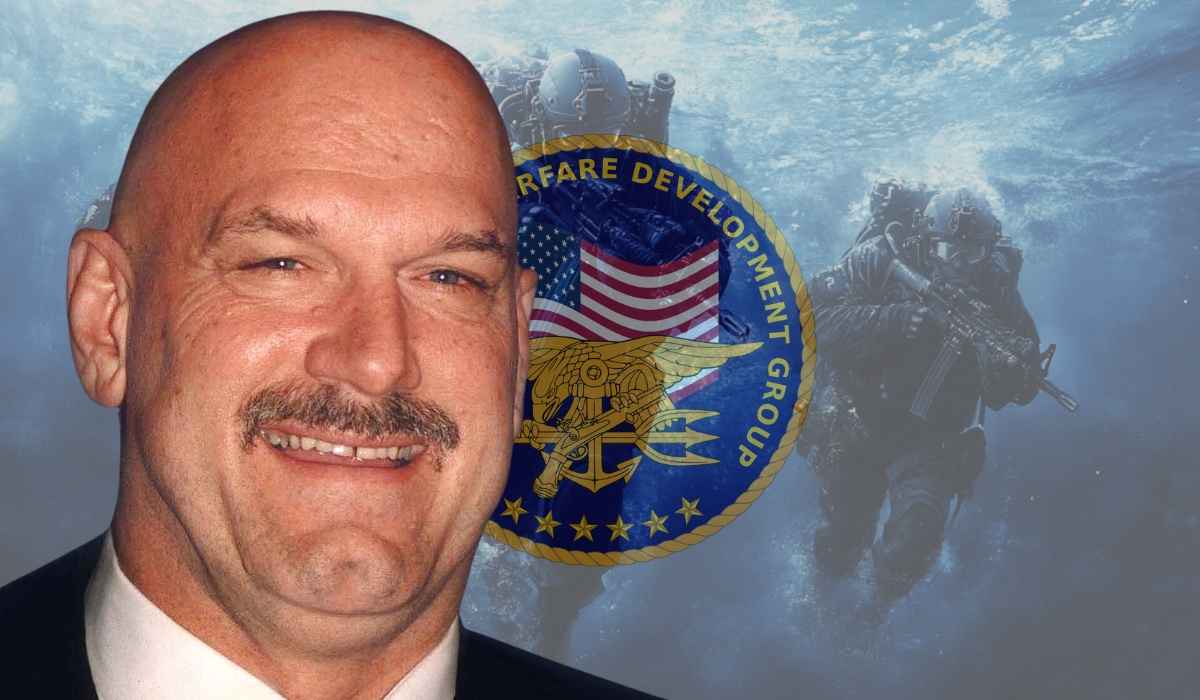
Jesse Ventura’s path led far outside military corridors. A former UDT member before SEAL classification was finalized, Ventura stepped into professional wrestling and acting, eventually becoming the governor of Minnesota.
He blended controversy with advocacy, drawing attention to veteran issues with unapologetic candor.
- Term as Governor of Minnesota (1999–2003)
- Media presence in films like Predator
- Outspoken critic of war policies and proponent of alternative narratives
Ventura’s presence ensured veteran voices were heard in unexpected places.
Scott Helvenston
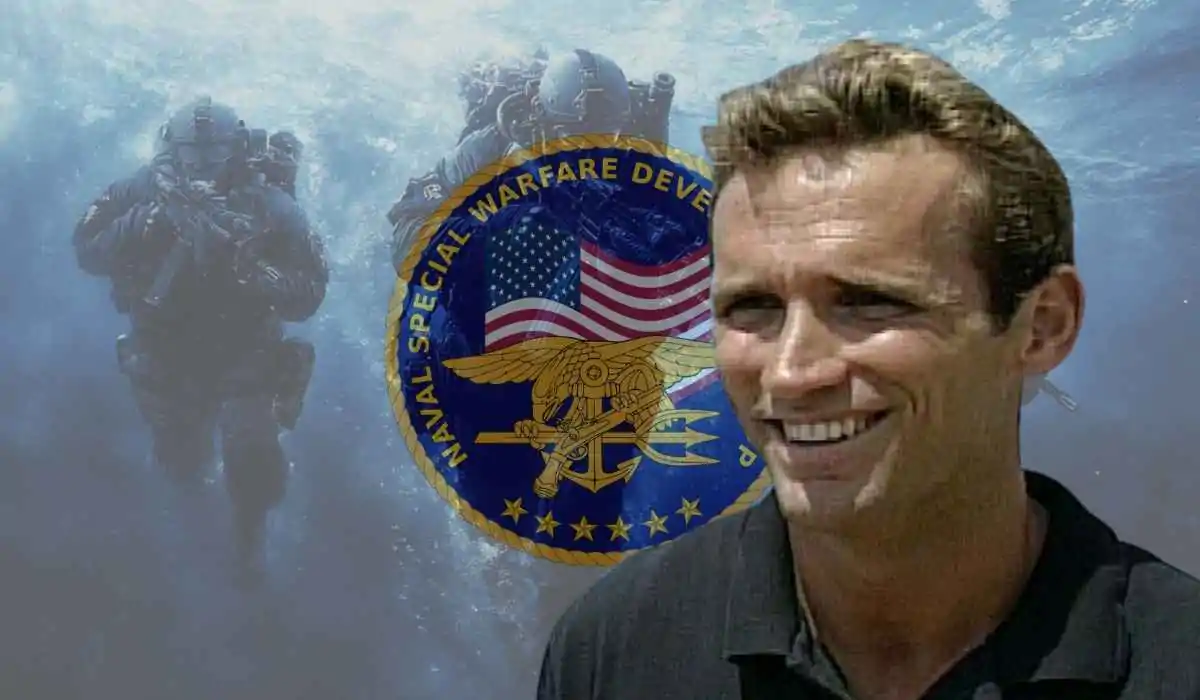
Completing SEAL training at just 17, Scott Helvenston represented youthful grit. After active duty, he shifted into civilian roles as a fitness expert and television personality.
His death during an ambush in Fallujah while working as a contractor became a rallying point for reassessing security operations in conflict zones.
- Youngest graduate of SEAL training in history
- TV appearances on shows like Man vs. Beast
- Public impact following the 2004 Blackwater incident
His death became a symbol of the sacrifices made outside official military channels.
William Shepherd
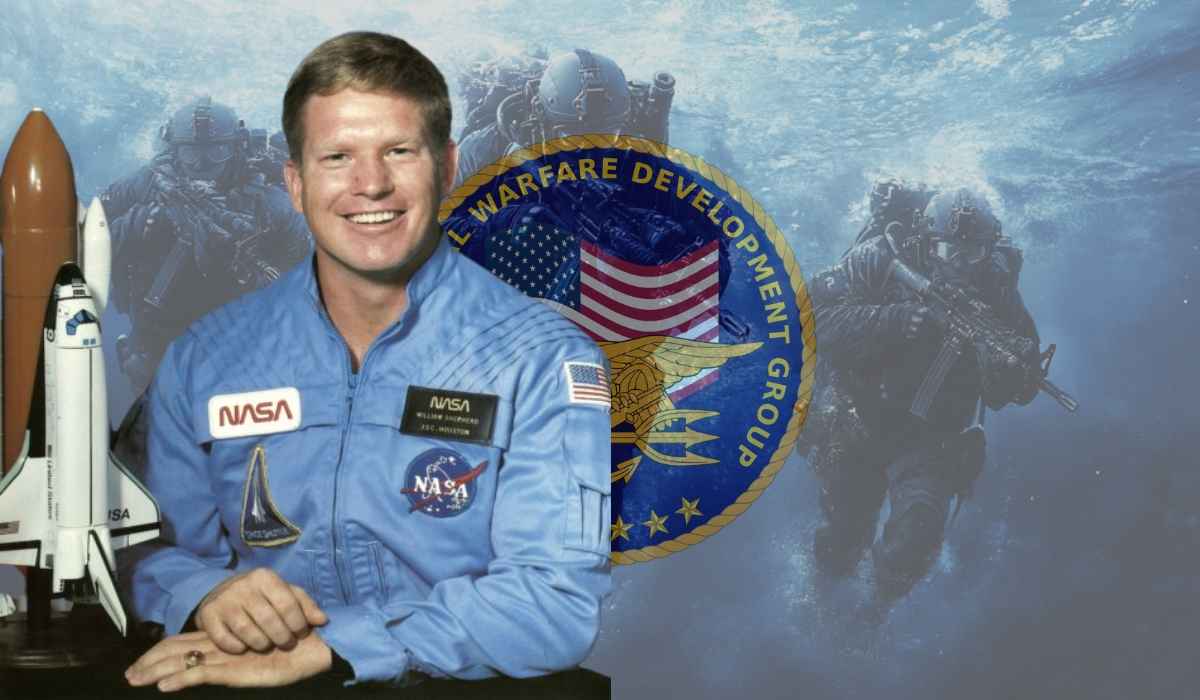
William Shepherd brought Navy SEAL training into orbit. As a NASA astronaut, he led Expedition 1, commanding the first crew aboard the International Space Station.
His transition showed how SEAL training prepares individuals to excel under isolation, pressure, and technological demand.
- First SEAL to fly in space
- Commander of the first long-duration ISS mission
- Recipient of NASA Distinguished Service Medal
His career connected special operations discipline with exploration and science.
Richard “Dick” Marcinko
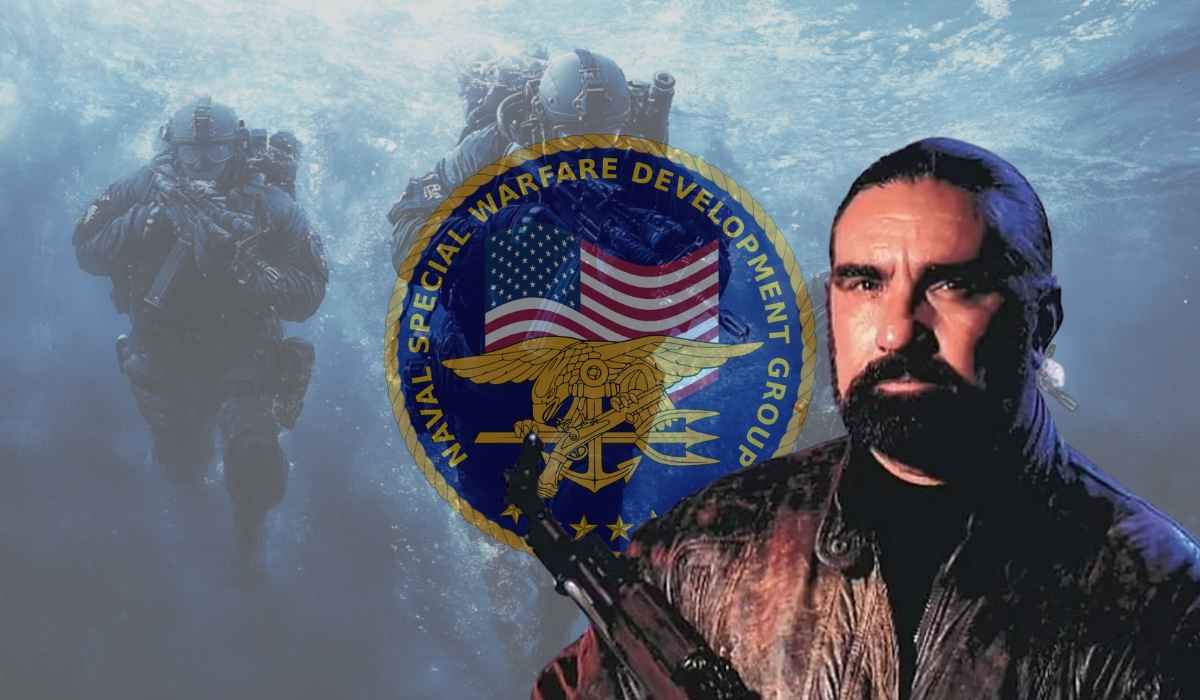
Marcinko’s reputation grew as the founder of SEAL Team Six, a counterterrorism unit created in response to rising global threats.
Known for unorthodox tactics, abrasive leadership, and an aversion to bureaucratic thinking, Marcinko turned theory into field-ready action.
- Creation of SEAL Team Six, the U.S. Navy’s most elite unit
- Author of Rogue Warrior, blending fiction and autobiography
- Consultant and commentator on military operations
His style brought both admiration and internal controversy, but few questioned his results.
David Goggins
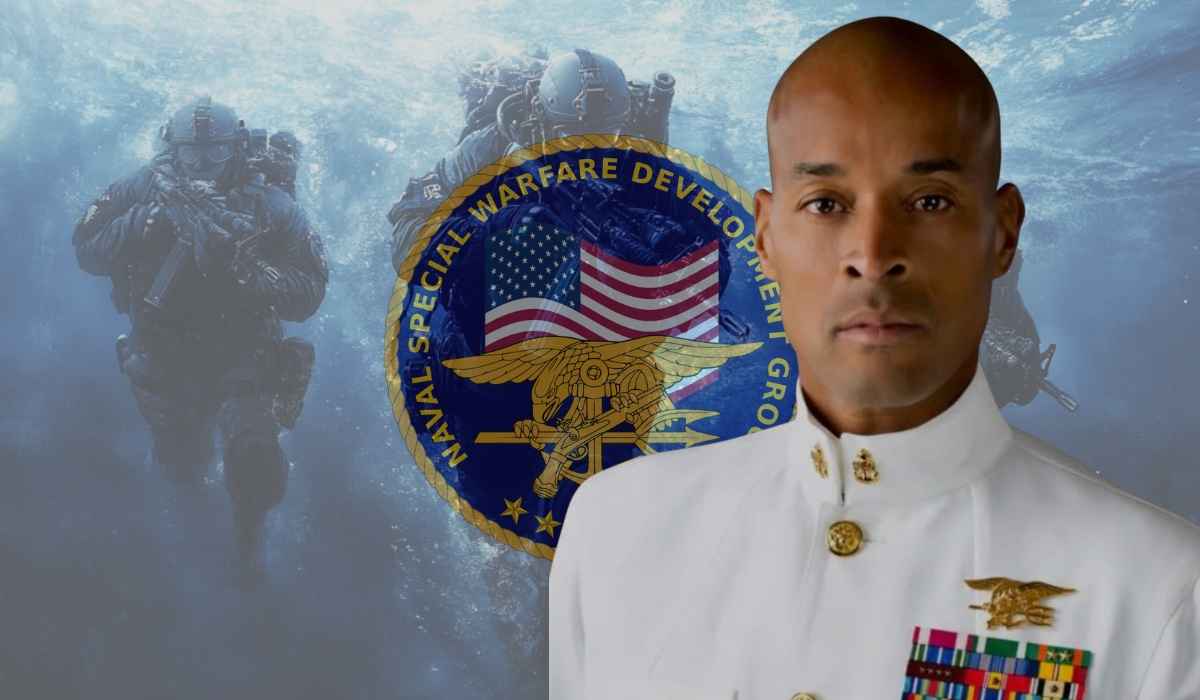
Goggins forged a path of mental resilience few have matched. After his SEAL career, he transformed into an ultramarathon runner, world record holder, and viral motivator.
His message focuses on pushing through pain to reveal one’s true capabilities.
- Author of Can’t Hurt Me, a bestselling memoir
- Frequent keynote speaker on mental toughness
- Noted for extreme fitness challenges such as 100-mile runs and pull-up world records
His presence energizes audiences hungry for grit, not comfort.
Rob O’Neill
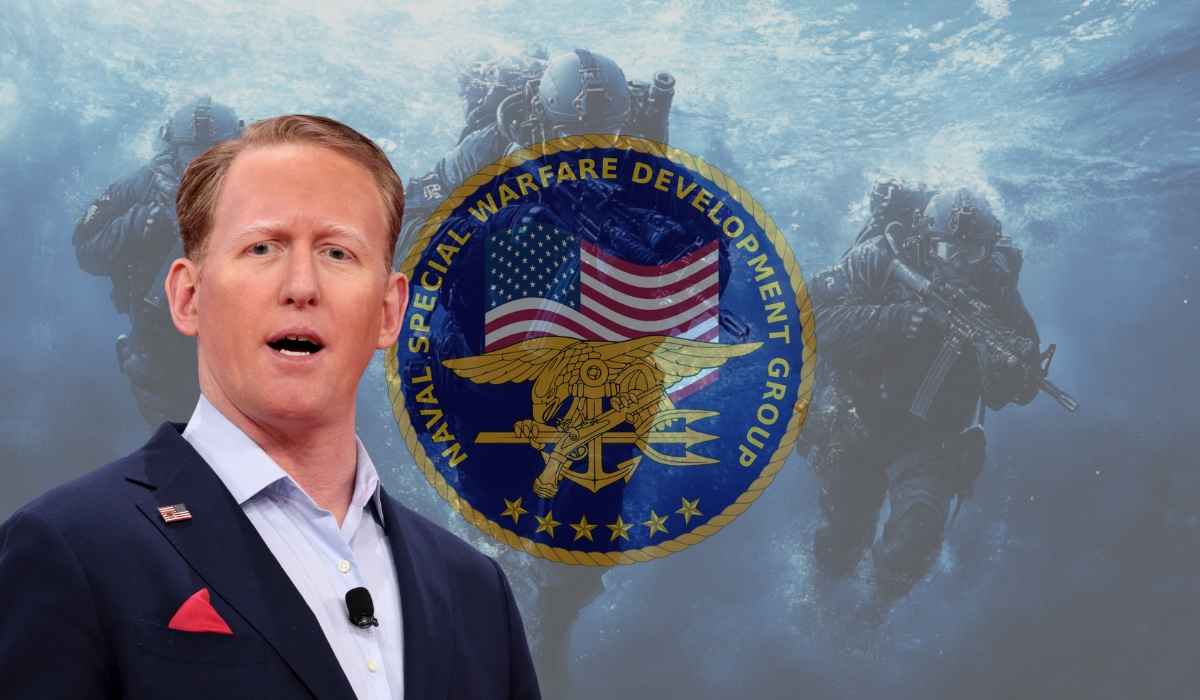
O’Neill gained worldwide attention after revealing his role in the raid that killed Osama bin Laden.
He reignited debates on the SEAL code of silence by stepping into the spotlight. Still, his message reaches millions interested in courage, accountability, and perspective.
- Author of The Operator, a best-selling account of his missions
- National speaker on leadership and overcoming fear
- Vocal supporter of veterans’ charities and transition services
His path raises questions, but his contributions remain part of an enduring legacy.
SEAL Team Six and Operation Neptune Spear
Locating Osama bin Laden required years of surveillance and intelligence analysis.
The CIA eventually tracked a courier to a compound in Abbottabad, Pakistan. President Obama approved a mission that would involve the U.S. Navy’s most elite special operations unit: SEAL Team Six.
Planning involved precise rehearsals in a full-scale replica of the compound. Operators memorized layouts, studied escape scenarios, and drilled for a wide range of contingencies. Each element had to be perfect. Failure would mean geopolitical disaster and national embarrassment.
Execution of the Mission
May 2, 2011, marked one of the most significant nights in modern military history. SEALs inserted into Pakistan using stealth helicopters engineered to evade detection. After one crash-landed inside the compound, the team adapted instantly. Operators engaged targets, secured the compound, and located bin Laden on the third floor.
Precision was unmatched. Within 40 minutes, the mission was complete. Bin Laden was dead, no U.S. casualties occurred, and critical intelligence materials were collected. Operators extracted with clinical efficiency.
Names of those involved remained mostly secret, but public fascination grew rapidly. Books, interviews, and Hollywood dramatizations attempted to retell the story. Despite media attention, the operation’s legacy endures through its strategic success and the professionalism displayed under immense pressure.
The Bottom Line
Navy SEALs are more than warriors. Their deeds stretch across battlefields, political arenas, public service, science, and cultural influence.
- Discipline
- Sacrifice
- Results
SEAL contributions have helped shape U.S. military history and national identity. Quiet professionalism remains their guiding light.
Recognition, when given, honors not just accomplishments, but a way of life grounded in excellence and service.
Related Posts:
- What Watches Do Navy SEALs Wear? Tough and Reliable Picks
- Navy Seals vs. Marine - What Sets Them Apart?
- How Many Guns Are in America in 2025? Looking Down…
- Taranis Drone – Britain’s Most Advanced UAV Yet
- Top 7 Most Challenging U.S. Airports According to…
- Top 10 Countries with the Most Military Drones in 2025

